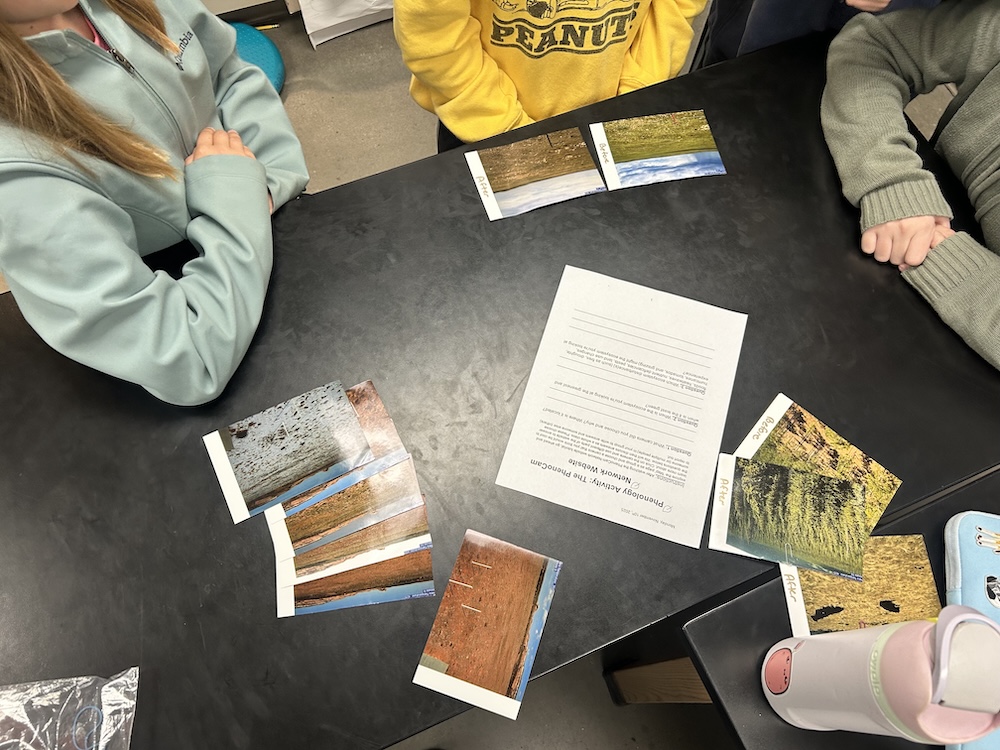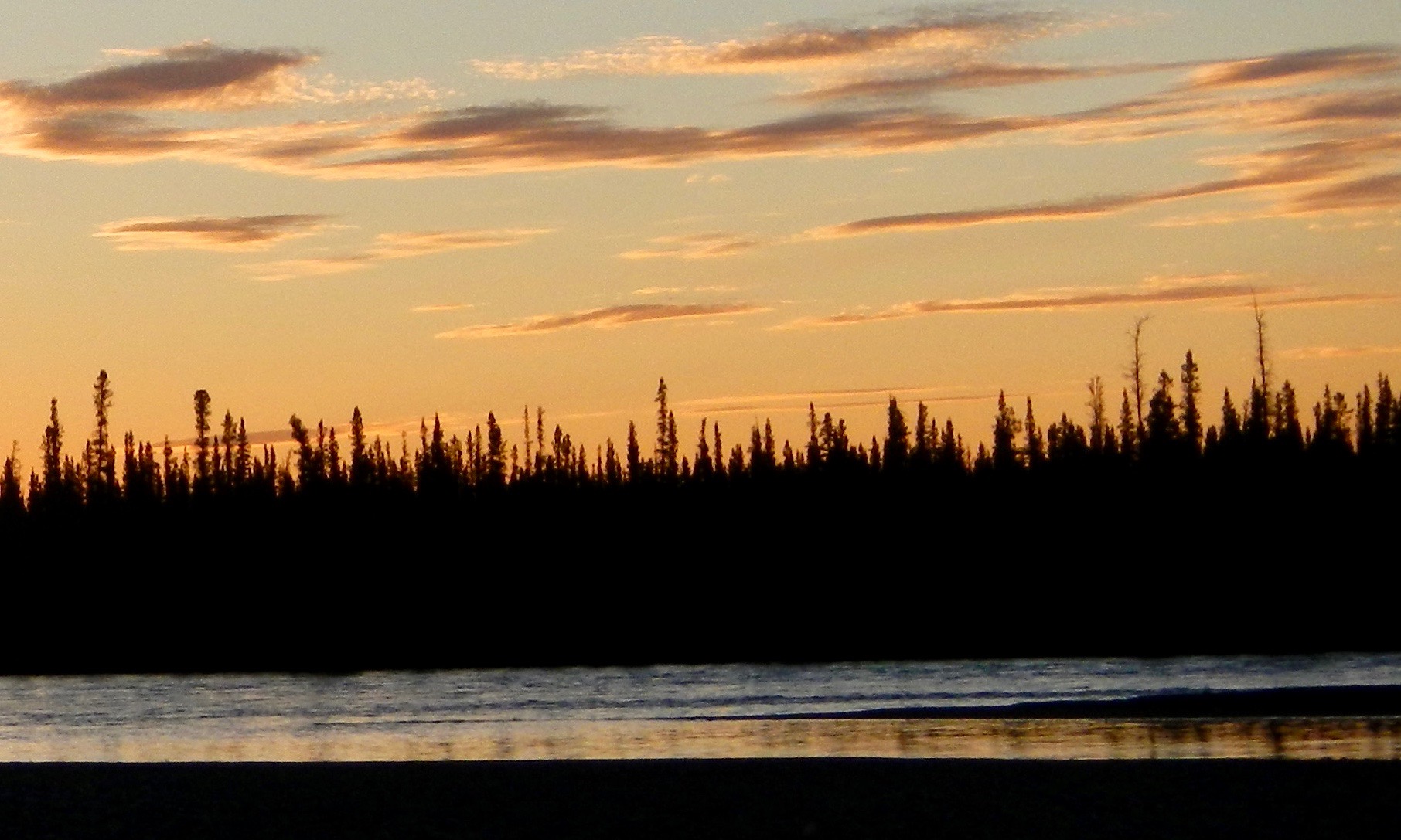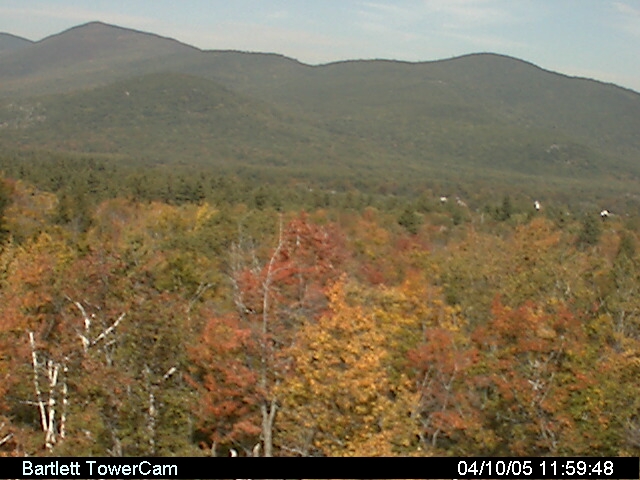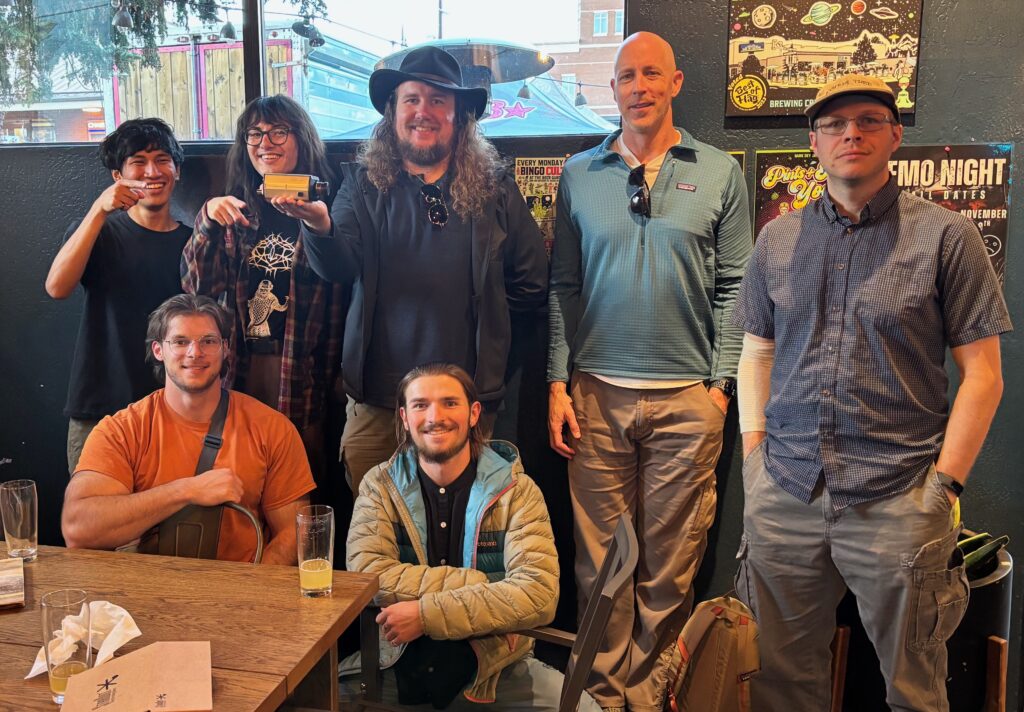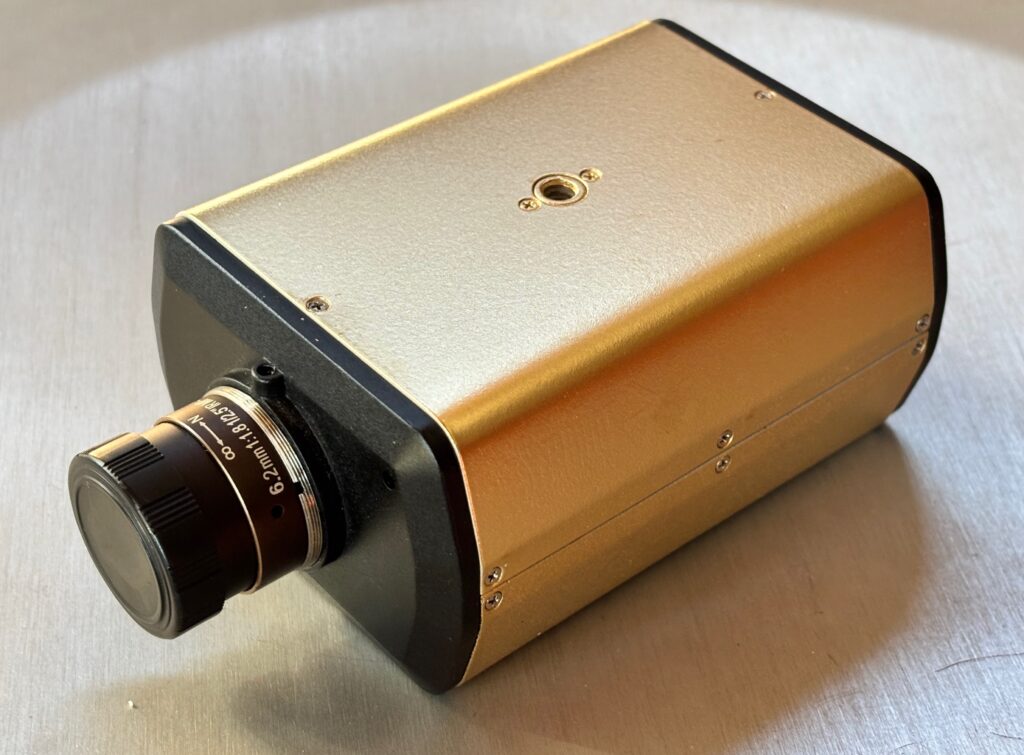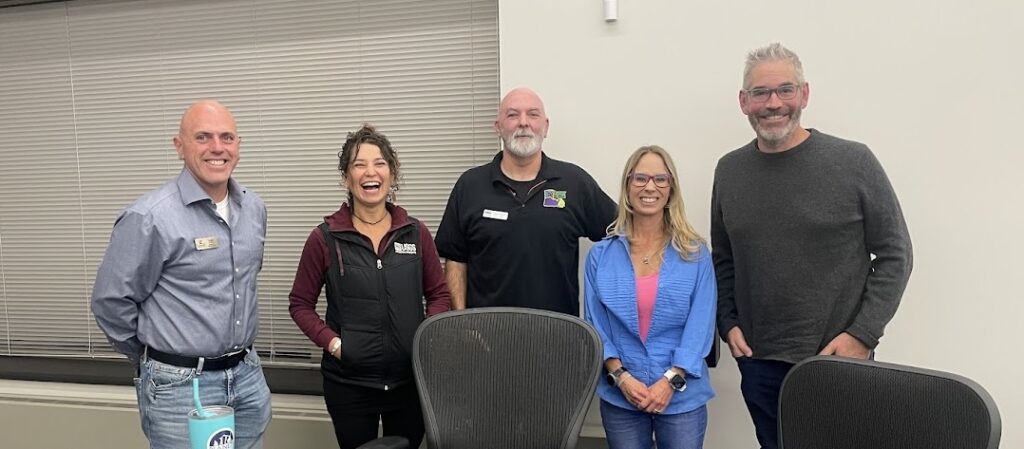As part of the Flagstaff Festival of Science’s In-School Speaker Program, Perry, Jacob, Oscar, and Darby visited six 6th-grade classrooms at Northland Preparatory Academy in early November. They led hands-on lessons about how PhenoCams are used to track vegetation changes across different ecosystems. Throughout each hour-long session, students remained engaged as they worked with real PhenoCam images. They sorted photos into seasonal sequences based on visual cues from various ecosystems, identified types of environmental disturbances captured by the cameras, and even explored a PhenoCam site independently to determine when the vegetation in that ecosystem was at its greenest and when it was least green. The students also learned how to use metadata from the cameras, such as temperature and time of year, to inform their decisions when arranging the images into the correct seasons. One particularly thought-provoking moment came when they were asked why it’s important to have cameras capturing repeated images from the same location over time. Many correctly concluded that this setup is essential for monitoring long-term changes in vegetation greenness driven by environmental changes, showing a good understanding of the scientific process behind PhenoCam research. By the end of the day, the lesson led to an exciting conversation between students and their teacher about how they might incorporate the PhenoCam into their current unit on ecology.
Great job, Perry, Jacob, Oscar, and Darby!
